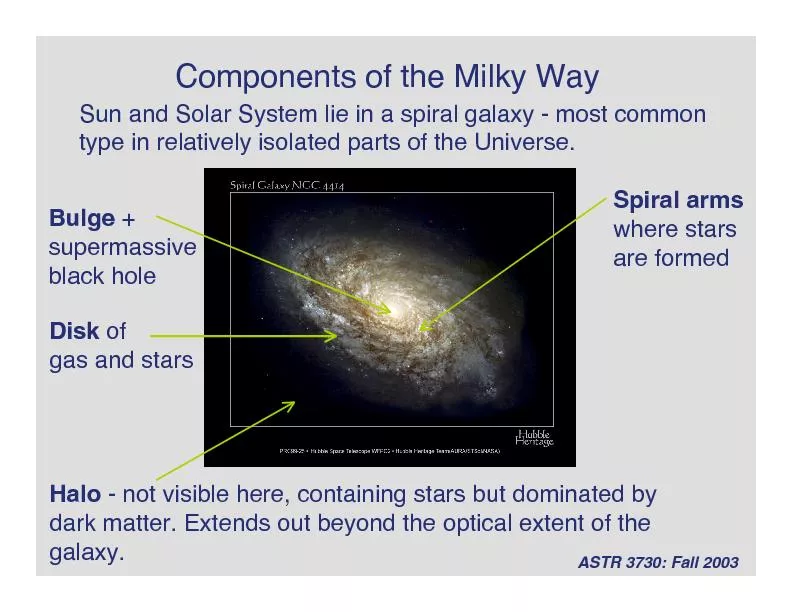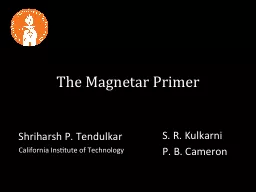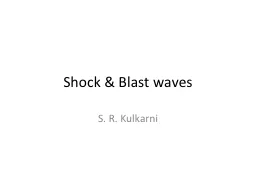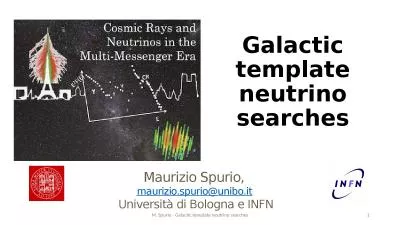PPT-A New Magnetar Candidate Located Outside the Galactic Plane?
Author : serenemain | Published Date : 2020-06-29
Joe Callingham Sean Farrell Bryan Gaensler Geraint Lewis Sydney Institute for Astronomy SIfA The University of Sydney Australia Image credit NASA A New
Presentation Embed Code
Download Presentation
Download Presentation The PPT/PDF document "A New Magnetar Candidate Located Outsi..." is the property of its rightful owner. Permission is granted to download and print the materials on this website for personal, non-commercial use only, and to display it on your personal computer provided you do not modify the materials and that you retain all copyright notices contained in the materials. By downloading content from our website, you accept the terms of this agreement.
A New Magnetar Candidate Located Outside the Galactic Plane?: Transcript
Download Rules Of Document
"A New Magnetar Candidate Located Outside the Galactic Plane?"The content belongs to its owner. You may download and print it for personal use, without modification, and keep all copyright notices. By downloading, you agree to these terms.
Related Documents


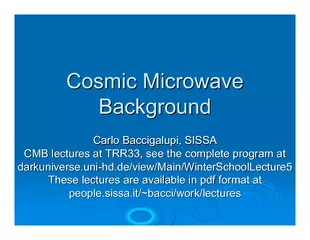
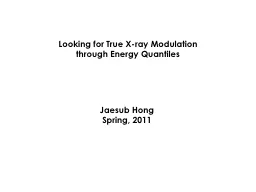
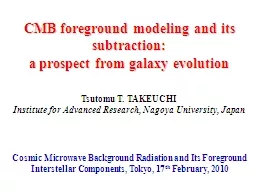
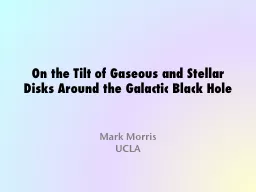
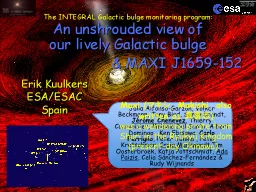
![MOSFIRE and LDSS3 Spectroscopy for an [OII] Blob at z=1.18:](https://thumbs.docslides.com/356380/mosfire-and-ldss3-spectroscopy-for-an-oii-blob-at-z-1-18.jpg)
